Dye-sensitized solar cells (DSSCs) are generating a huge amount of interest as we strive to develop new ways of harnessing ‘green’ energy from renewable resources, such as sunlight.
Below is a selection of articles from Photochemical & Photobiological Scienceswhich showcase some of the recent advances in the field of DSSCs and photosensitizers. Read these articles for free until the 18th April!
Synthetic analogues of anthocyanins as sensitizers for dye-sensitized solar cells, Giuseppe Calogero, Alessandro Sinopoli, Ilaria Citro, Gaetano Di Marco, Vesselin Petrov, Ana M. Diniz, A. Jorge Parola and Fernando Pina, Photochem. Photobiol. Sci., 2013, DOI: 10.1039/C3PP25347C
Preparation of ketocoumarins as heavy atom-free triplet photosensitizers for triplet–triplet annihilation upconversion, Dandan Huang, Jifu Sun, Lihua Ma, Caishun Zhang and Jianzhang Zhao, Photochem. Photobiol. Sci., 2013, DOI: 10.1039/C3PP25416J
Fluorescence and two-photon absorption of push–pull aryl(bi)thiophenes: structure–property relationships, Emilie Genin, Vincent Hugues, Guillaume Clermont, Cyril Herbivo, M. Cidália R. Castro, Alain Comel, M. Manuela M. Raposo and Mireille Blanchard-Desce, Photochem. Photobiol. Sci., 2012, 11, 1756-1766
Photocurrent enhancement tuned with plasmonic resonance in self-assembled monolayers fabricated on regularly arrayed gold nanostructures, Kosuke Sugawa, Shuichi Hirono, Tsuyoshi Akiyama and Sunao Yamada, Photochem. Photobiol. Sci., 2012, 11, 318-322
Photoelectrochemical, photophysical and morphological studies of electrostatic layer-by-layer thin films based on poly(p-phenylenevinylene) and single-walled carbon nanotubes, L. C. P. Almeida, V. Zucolotto, R. A. Domingues, T. D. Z. Atvars and A. F. Nogueira, Photochem. Photobiol. Sci., 2011, 10, 1766-1772
CdS-sensitized TiO2 nanocorals: hydrothermal synthesis, characterization, application, S. S. Mali, S. K. Desai, D. S. Dalavi, C. A. Betty, P. N. Bhosale and P. S. Patil, Photochem. Photobiol. Sci., 2011, 10, 1652-1658
Transduction of excited state energy between covalently linked porphyrins and phthalocyanines, Anita Hausmann, Ana R. M. Soares, M. Victoria Martínez-Díaz, Maria G. P. M. S. Neves, Augusto C. Tomé, José A. S. Cavaleiro, Tomas Torres and Dirk M. Guldi, Photochem. Photobiol. Sci., 2010, 9, 1027-1032
Optimization studies of bio-hydrogen production in a coupled microbial electrolysis–dye sensitized solar cell system, Folusho Francis Ajayi, Kyoung-Yeol Kim, Kyu-Jung Chae, Mi-Jin Choi, In Seop Chang and In S. Kim, Photochem. Photobiol. Sci., 2010, 9, 349-356
Stay up-to-date with the latest developments from Photochemical & Photobiological Sciences by signing up for free table of contents alerts.


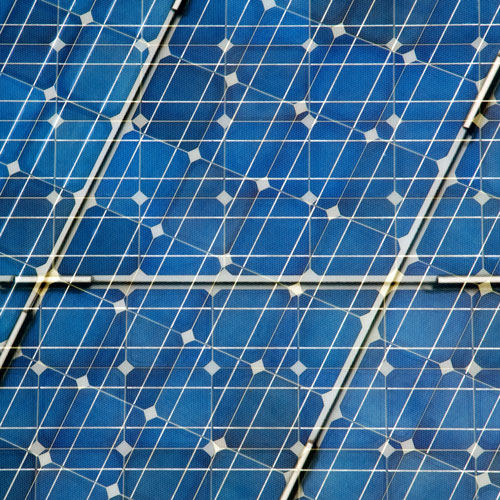









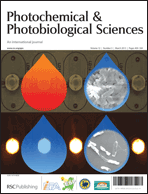 The front cover this month feature work by
The front cover this month feature work by 
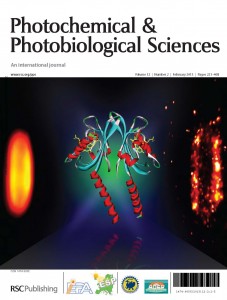
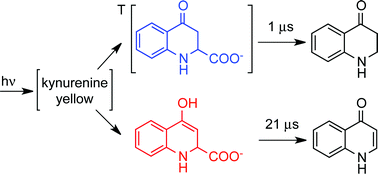
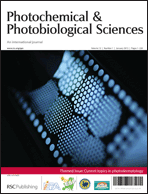
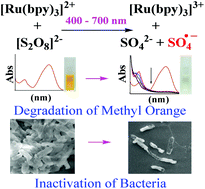
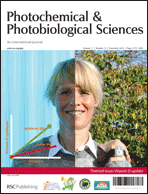 The front cover of this issue features work by
The front cover of this issue features work by